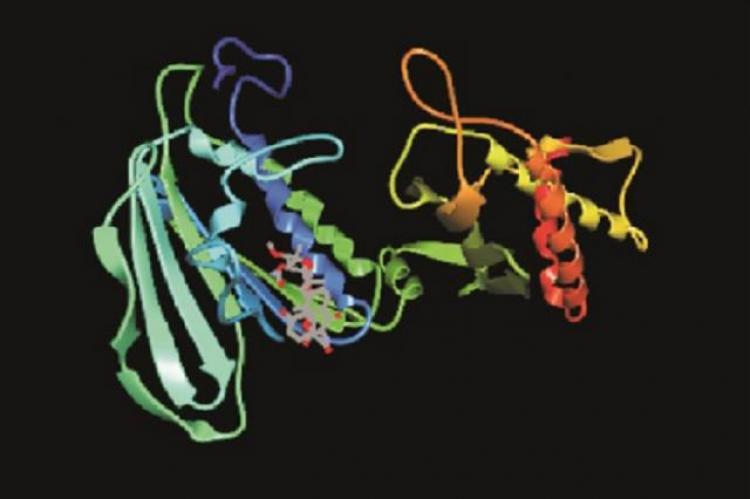According to data of the World Health Organization, Tuberculosis (TB) caused by Mycobacterium tuberculosis, is considered to be the most chronic communicable disease in the world especially in Asia and Africa. This situation was made worse by the emergence of multi drug resistant TB (MDR-TB) and the increasing number of HIV-positive TB cases. Worldwide, TB accounts for approximately one-fourth of HIV-related deaths and is the leading cause of death in HIV-infected adults in developing countries, thus an urgent need exists for the development of new antimycobacterial agents with a unique mechanism of action. Mycobacterium tuberculosis 3LPS, an essential enzyme to pass one double strand of DNA to another there by changing the linking number of DNA is an attractive target for novel anti-tubercolosis agents. A series of Isatin, Thiazole with various acetophenones were computationally designed and energy minimized. The molecular properties were calculated from suitable computational tools. These ligands were investigated for drug like properties by calculating Lipinski's rule of five using mol inspiration. All of the derivatives showed a zero violations of the rule of 5 which indicates good bioavailability. The positive bioactivity score of the derivative were also in agreement with their probability of drug likeness. These compounds were docked using Topoisomerase IV using Argus lab docking software which showed good binding energy for the enzyme, when compared with the binding energies of standard drug isoniazid -5.83kcal/mol.) Among all the designed ligands, the ligand S1A and S5N showed more binding energy values (-8.05 and -8.37Kcal/mol). In future we planned to synthesize these ligand and to screen for their anti TB activity
View:
- PDF (869.66 KB)


